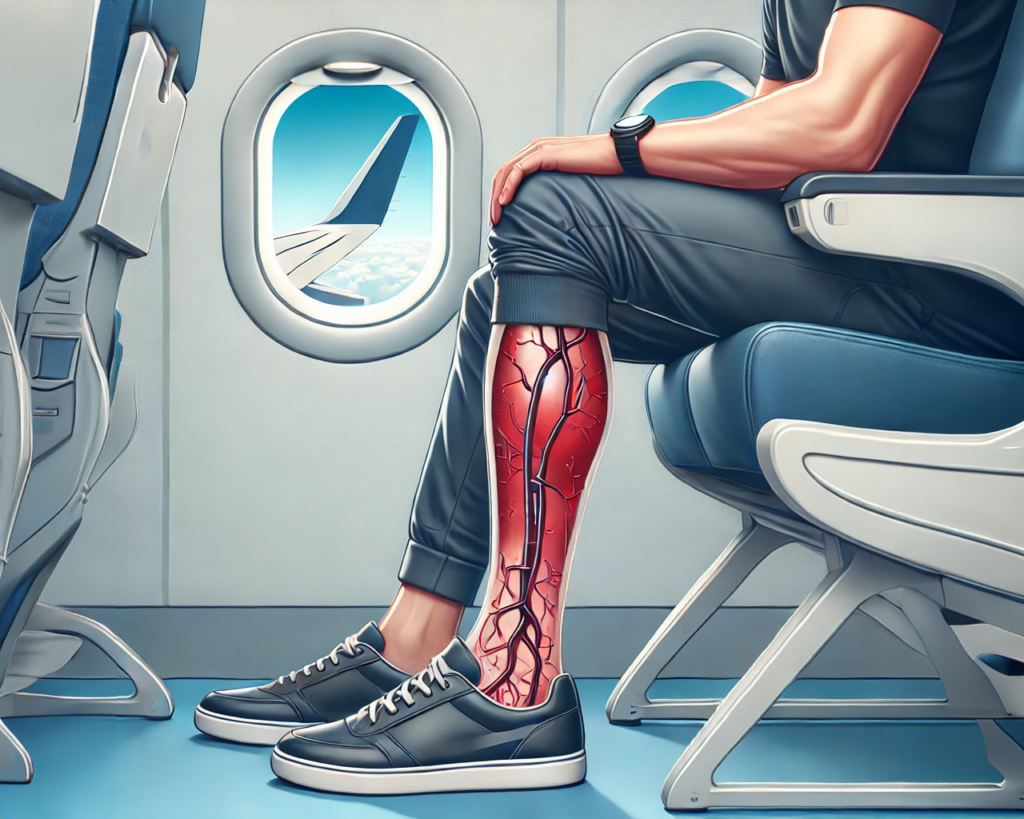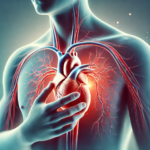💊 What is a Thrombosis?
Thrombosis is the formation of a blood clot (thrombus) within a blood vessel, obstructing the flow of blood through the circulatory system. This process begins when the body’s normal blood-clotting mechanisms become overactive, often triggered by damage to the blood vessel lining, slow blood flow, or changes in the composition of the blood itself. Thrombosis can occur in veins (venous thrombosis) or arteries (arterial thrombosis). Venous thrombosis, such as deep vein thrombosis (DVT), commonly occurs in the legs when blood flow is sluggish, leading to clot formation. Arterial thrombosis, on the other hand, typically occurs when plaque ruptures inside an artery, causing platelets to clump together and form a clot. This can lead to more severe outcomes, such as heart attacks and strokes, due to blocked arteries that supply blood to the heart or brain.
💀Risk factors for Thrombosis
Risk factors for thrombosis include prolonged immobility (like during long flights or bed rest), smoking, obesity, pregnancy, certain medications (such as birth control pills), and medical conditions like cancer or heart disease. Genetic factors, such as inherited clotting disorders, can also significantly increase the risk of thrombosis. Recognizing these risk factors is crucial for prevention and management.
🤔 Why you need to know:
Thrombosis is a serious condition that can lead to life-threatening complications, especially if the clot dislodges and travels to critical areas such as the lungs (pulmonary embolism) or brain. Understanding risk factors can help prevent thrombosis. Key steps include:
- Stay Active: Regular physical activity helps keep blood flowing and reduces the risk of clots, especially during long periods of inactivity.
- Stay Hydrated: Proper hydration helps prevent blood from becoming too thick, reducing the risk of clot formation.
- Recognize Symptoms: Symptoms can vary but may include pain, swelling, redness, or warmth in the affected area. Seek immediate medical attention if you suspect thrombosis.
🧠 Trivia:
Risk factors for thrombosis include long flights or prolonged bed rest after surgery. This is why it’s often recommended to move your legs frequently, wear compression socks, or take short walks during extended periods of inactivity.



